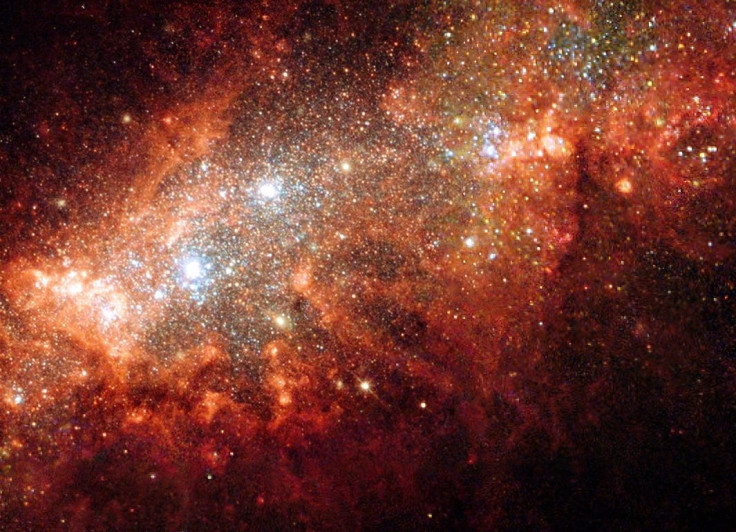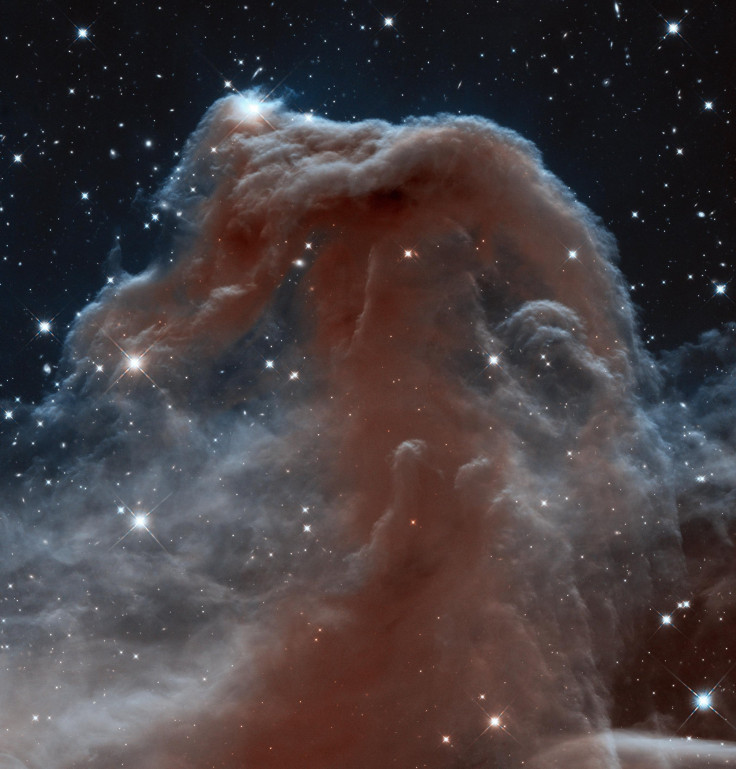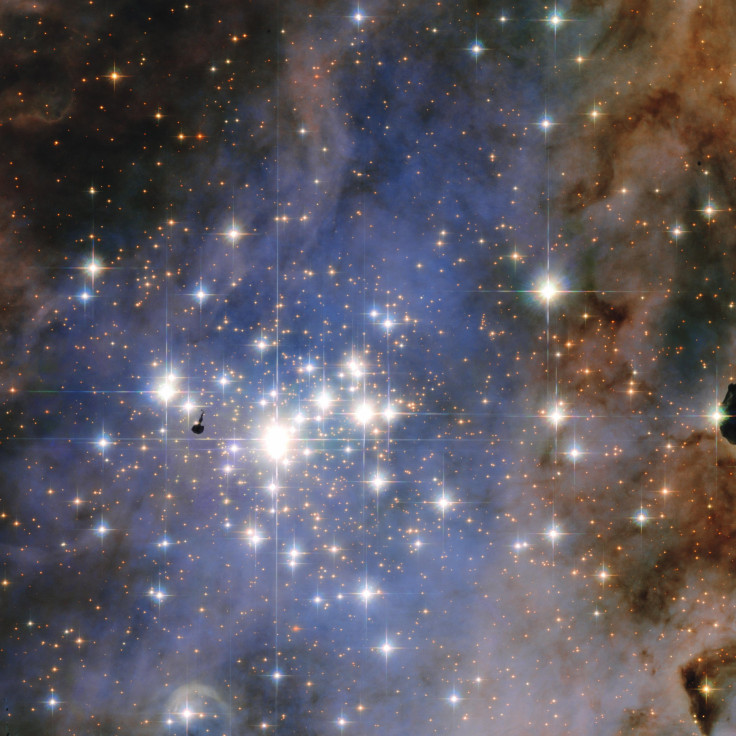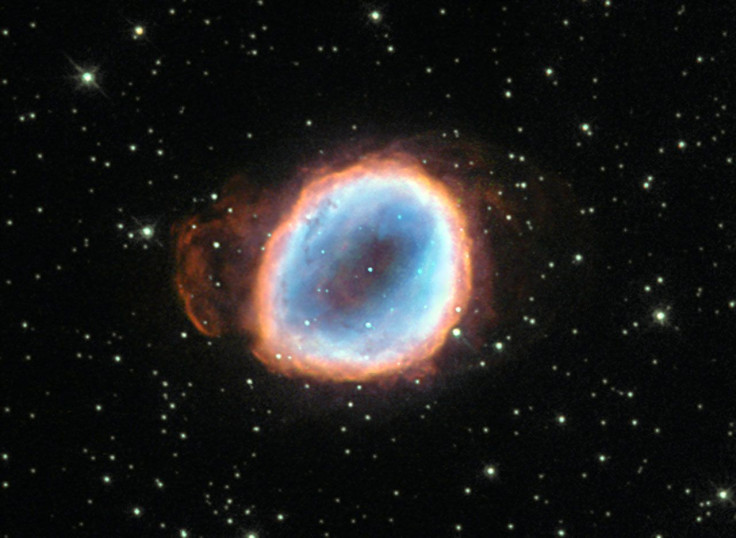7 Photos From The Hubble Space Telescope Show Intricacies Of The Universe

The Hubble Space Telescope launched in 1990 as a collaboration between NASA and the European Space Agency and has spent nearly the last three decades making more than a million observations out in space. The telescope orbits the Earth at 17,000 miles per hour observing various parts of our galaxy and other more distant ones as well, according to NASA.
This week, the telescope took a photo of the dwarf galaxy NGC 4625. The photo shows the singular major spiral arm in the galaxy, scientists don’t quite know what to make of it because more spiral galaxies usually have two arms. They think that a nearby galaxy might be responsible for the loss of the second arm that the galaxy is missing. Either way, the image of the galaxy with all of its stars is quite the sight.

During its time in space the Hubble has successfully taken plenty of beautiful photos. It sits about 340 miles above the Earth in a circular low Earth orbit. There it’s traveled more than 4 billion miles along that orbit.
In 1993, seven crew members conducted maintenance and work on the telescope including replacing some of the equipment. In 2002, astronauts added an Advanced Camera for Surveys, called as ACS, that doubled the telescope's view.

The telescope was last updated in 2009 when the final servicing mission was completed. During its time in space it’s been able to provide researchers with data that shows the universe if about 13 to 14 billion years old, a much better estimate than the previously believed 10 to 20 billion years. In 2016 NASA release an animation of an infant galaxy, 13.4 billion years back in time.
Thanks to the more than 140 terabytes of data Hubble has produced, more than 15,000 scientific articles have been published. Not only is the data the telescope provides incredibly useful, the images are stunning too, like this photo of the Horsehead Nebula.

This photo taken in 2016 shows some of the brightest stars the Milky Way has to offer. The stars look almost like diamonds set on a background of cosmic dust.

The telescope captures a huge range of happenings in space, from the formation of stars and galaxies to the forming of black holes and in the case of the photo below, the final moments of a dying star.

© Copyright IBTimes 2025. All rights reserved.




















